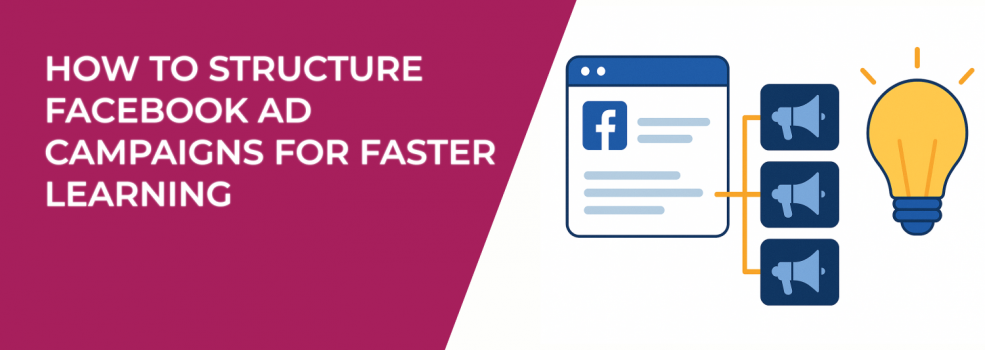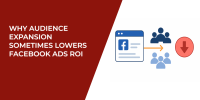When you run Facebook Ads, time is money. The quicker your campaigns get through the learning phase, the sooner you see steady results you can actually trust. But how do you set things up so Facebook’s algorithm learns fast without wasting your budget?
Let’s go step by step.
Why Getting Out of the Learning Phase Matters
The learning phase is when Facebook tests your ads and figures out who’s most likely to take action. During this time, results bounce up and down, costs rise, and nothing feels predictable.
The faster you exit this stage, the faster you can stabilize costs and scale. Nobody wants to spend weeks guessing if their ads are really working, right? If this sounds familiar, check out How to Finish the Facebook Learning Phase Quickly for more strategies.
Pick the Right Campaign Objective
Your campaign objective tells Facebook what you want most. If you choose the wrong one, Facebook will chase the wrong signals.
Want sales or leads? Select Sales or Leads. If you pick Engagement, you’ll probably get likes and comments — but not buyers.
Think of objectives as giving your GPS the right destination. The clearer you are, the faster you’ll arrive. For more guidance, read Meta Ad Campaign Objectives Explained.
Keep Ad Sets Simple
Here’s where many advertisers go wrong: they pack too many audiences or placements into one ad set. That spreads the budget too thin and slows down learning.
Instead:
-
Stick to one or two strong audiences per campaign.
-
Don’t mix multiple lookalikes in the same ad set.
-
Use Automatic Placements, unless you really want to test big differences like Feed vs. Reels separately.
Simple ad sets help Facebook collect cleaner data — and that means faster results. If you’re not sure where to start with targeting, you’ll find helpful steps in Facebook Ad Targeting 101: How to Reach the Right Audience.
Don’t Overload With Ads
More ads don’t always mean more learning. If you drop 10 ads in one ad set, each one gets only a small piece of the budget. None of them exit learning quickly.
Start with 2–3 solid creatives per ad set. Once you find the winner, roll it out to other ad sets or make small tweaks.
Budget Smartly
Facebook’s algorithm needs about 50 conversions per ad set each week to learn properly. If your budget is too low, it’ll never get there.
Here’s a quick formula:
-
Take your target CPA (cost per action).
-
Multiply it by 50.
-
That’s your minimum weekly budget per ad set.
Example: if your CPA is $20, you’ll need $1,000 per week for that ad set. Running five ad sets with $200 each won’t cut it — but one or two with $1,000 will.
For advertisers struggling with underperforming spend, Facebook Ads Not Converting: How To Fix It covers common budget pitfalls.
Keep Campaigns Lean
Big, complicated campaign structures slow everything down. Facebook works best when it has more data flowing into fewer campaigns and ad sets.
Go for fewer campaigns, fewer ad sets, stronger signals. That’s how you speed things up.
Be Patient and Avoid Constant Edits
One of the hardest parts? Waiting. Results in the learning phase look messy. Many advertisers panic and start editing budgets or targeting every other day. But each edit resets the learning phase.
Better approach:
-
Give it at least 5–7 days before making changes.
-
Look at trends over time, not single-day swings.
-
Hold back on tweaks until you have enough data.
Want to dig deeper into why campaigns sometimes stall? Why You See “Ad Set May Get Zero” on Facebook and How to Fix It explains hidden issues that delay learning.
Wrap-Up
Getting out of the Facebook Ads learning phase faster isn’t about tricks. It’s about smart setup: pick the right objective, keep ad sets clean, test only a few ads, set real budgets, and don’t touch things too soon.
Do this, and you’ll stop stumbling in the learning phase and start scaling with confidence.

